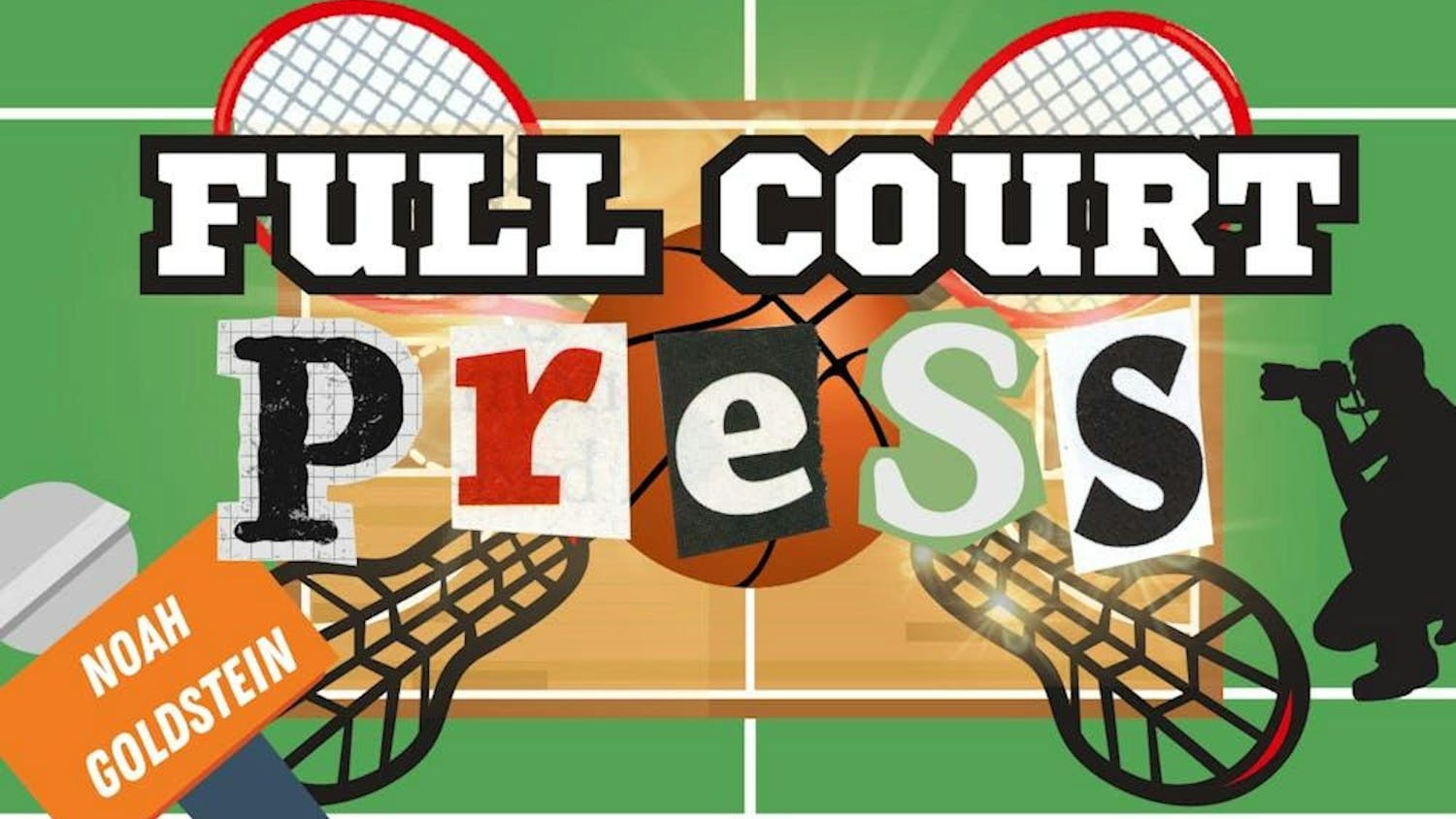Senior Leila Li, an international relations major from China, wishes she could ask her younger self to fall in love sooner with dance. She clearly stated that she doesn’t consider herself a dancer despite having taken four dance courses, being the captain of Tufts Wuzee and the excitement she feels about dance. Li first dabbled in dance in kindergarten, and then put her dance career on hold until she got into Tufts. Finally with free time on her hands, Li returned to dance. Because most of the dance classes available to people of her age group were modern dance using American pop music, she took classes in that genre. Once she arrived at Tufts, she had planned to continue with dance genres such as pop and jazz, until a student involved in Wuzee introduced her to the world of classical Chinese dance. In China, she had encountered dance teachers that made her feel confined with strict rules about the body. For Li, today, dance is a place of acceptance. As she explained the complexity that is the history of Chinese classical dance, in her ever-logical and collected manner, it was still evident that this was a happy accident, completely unplanned.
For sophomore Ella Jenke, a quantitative economics major from Massachusetts, it’s important to separate being a dancer from her persona outside of dance. Jenke has been dancing since she was five years old. She began to love dance in fourth grade and has continued on for the ever-morphing nature of dance, for the dance community that she grew up with and has felt like family and for the mental break that dance provides. She appreciates that dance has given her a strong work ethic and developed attention to and awareness of others’ feelings — qualities that translate to aspects of her life beyond dance. However, she recognizes the toxicity the dance community can contain — the harsh self-criticism and need for validation can be harmful — and she finds a far more relaxed climate here at Tufts than she did in her dance company from her early childhood.
What fascinated me was that Jenke and Li both attributed to dance an ever-morphing nature. Jenke calls dance “different every day,” in that a dancer can learn new techniques and develop their style every day. Li framed dance as an “ongoing dynamic,” a path on which she can continue to develop into a dancer through building a continuous relationship with her body. That Jenke and Li, who engage in such different styles of dance, who have grown up with such different relationships to dance and who engage in dance so differently at Tufts shared this view made me wonder: What is my 'dance?' What is an ongoing dynamic which is new every day, makes me twirl and shares stories with others that makes them pause and think? Even if I know nothing about what is blossoming in front of us, I do see that at its core are hours of training that allow the petals to open and the story to unfold, catalyzed by the heart of the person on stage. As storytellers and as beauticians, I admire those who put their toes together and apart, lift their arms and leap and spin, in different ways, every day.
El Centro: Dance






